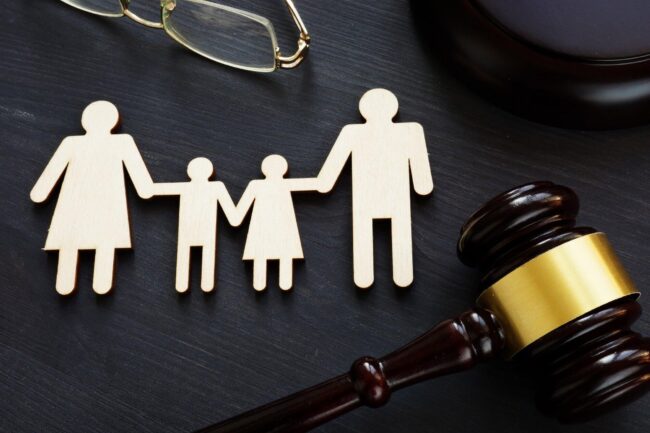When someone is injured due to another’s negligence, the process of seeking compensation can vary dramatically depending on where the accident occurred. Although Canada and the United States share many legal principles, the specifics of personal injury law differ significantly. For those injured in New Brunswick, the best personal injury lawyers in Fredericton can guide clients through the Canadian system, which emphasizes fairness and public welfare, unlike the more adversarial U.S. model. Understanding the legal distinctions is key for anyone comparing the two systems.
Contents
Legal Systems and Jurisdiction
One of the fundamental differences lies in the structure of the legal systems. Both countries are rooted in common law traditions, but the U.S. legal system operates under a federal model with distinct laws in each state. This means that injury laws in California may differ vastly from those in Texas. Canada also has provincial autonomy, but its laws are generally more consistent across provinces, with fewer variations.
Furthermore, American courts allow for jury trials in most personal injury cases, while Canadian cases are more often resolved by judges alone. This difference can significantly affect how damages are awarded and how cases are argued.
Damage Awards and Caps
One of the most notable contrasts between Canadian and U.S. personal injury law is the approach to damage awards. In the United States, particularly in states that allow for punitive damages, multi-million-dollar verdicts are more common. These punitive damages are designed to punish the wrongdoer and deter others from similar conduct.
In Canada, however, punitive damages are rare and generally modest. The Canadian Supreme Court set a cap on general damages for pain and suffering in 1978, which has only slightly increased with inflation. As a result, most non-economic damages in Canada are limited to around $400,000. This reflects a policy preference for reasonableness over retribution.
Contingency Fees and Costs
Another difference lies in how legal fees are structured. In both countries, personal injury lawyers often work on a contingency basis, meaning they only get paid if the case is successful. However, U.S. contingency fees can range as high as 40%, whereas Canadian percentages are typically lower.
Canada also follows the “loser pays” rule, where the losing party may be required to pay a portion of the winning party’s legal costs. This can deter frivolous lawsuits and promotes settlement. In contrast, the American legal system rarely awards costs, making it more feasible for plaintiffs to pursue litigation without the risk of financial penalty if they lose.
Insurance and Fault Systems
The treatment of auto accident injuries is another area where the countries diverge. Many U.S. states operate under a fault-based insurance model, while others use a no-fault system. In Canada, the approach varies by province. For example, Quebec uses a pure no-fault system, while New Brunswick combines fault and no-fault elements.
This affects how quickly a claim can be resolved and whether the injured party can sue for additional damages. Generally, Canadian insurance systems aim to streamline claims and reduce court involvement, whereas in the U.S., litigation is more frequent and often more aggressive.
Conclusion
While both Canada and the United States offer legal remedies for personal injuries, their systems reflect different philosophies. Canada favors modest, regulated compensation with cost containment, while the U.S. emphasizes broader access to jury trials and larger awards. These contrasts impact everything from settlement amounts to trial strategy, and understanding them is essential for injury victims seeking justice on either side of the border.




